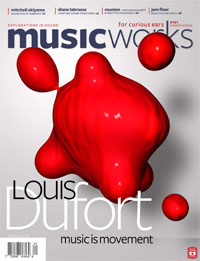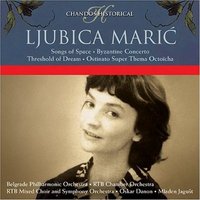“There’s no such thing as ‘the audience.’ Each musical exchange is a private one between a performer and a listener, and everyone listens differently. You can’t generalize about musical experiences.”
OK – there’s no such thing as “The Nazis,” either. Some Nazis shot Jews in the head with apparent unconcern, others felt quite anxious and guilty doing it, and still others managed to get themselves confined to clerical work. You can’t generalize about the Nazis, because each one was an individual who acted and felt differently. And if we composers can prevent people from generalizing about new music, then complaints will be limited to individual cases like, “On Sept. 22, 1982, Andrew Imbrie’s Cello Sonata made Walter P. Syasset of Fort Lee, New Jersey, wish that he had never let his wife talk him into coming to this boring concert.” That will free the composing community from any collective responsibility for their actions, and there will never have to be any self-questioning within the profession as to whether there’s perhaps something wrong with our pedagogical trends, or too much cronyism in the selection of award and commission committees. Anything amiss will be deemed at the most an infraction by a single composer, and since each listener’s response is entirely subjective, we’ll all be off the hook forever.
Only one problem: what if there are people who refuse to limit themselves to the modes of discourse that we’ve declared permissible?
(“You don’t mean like, Kyle Gann?”)




